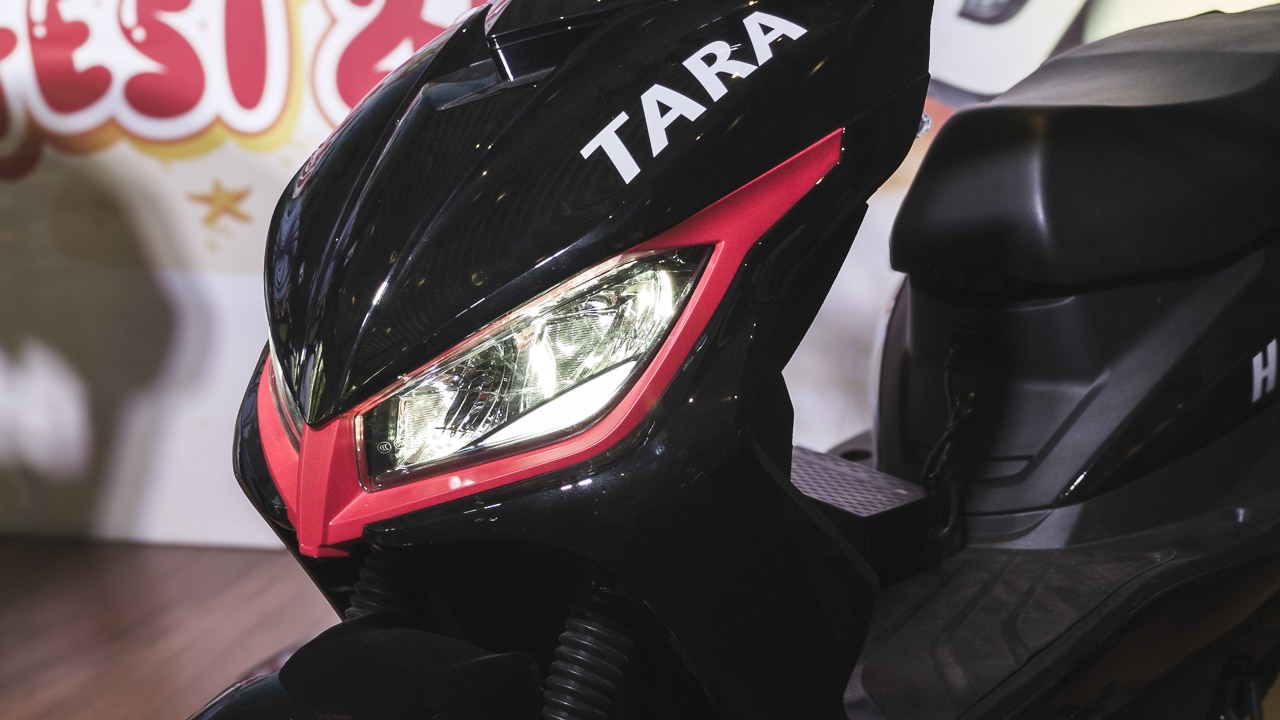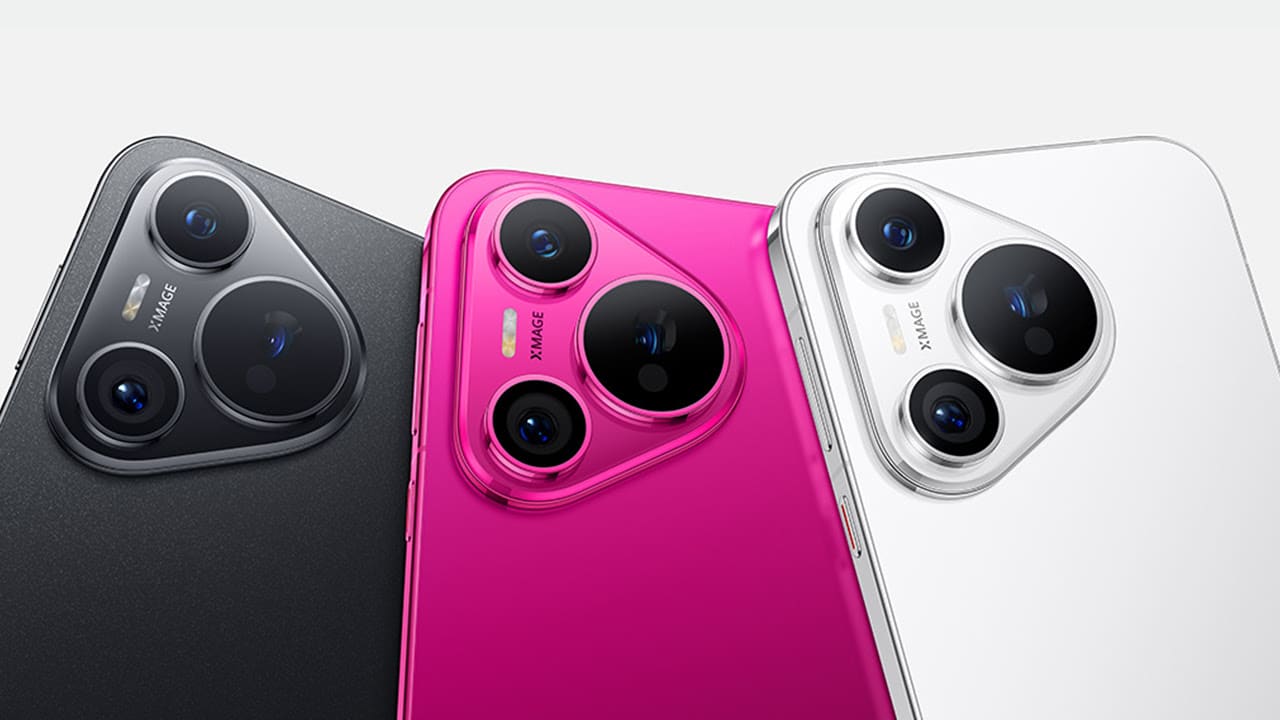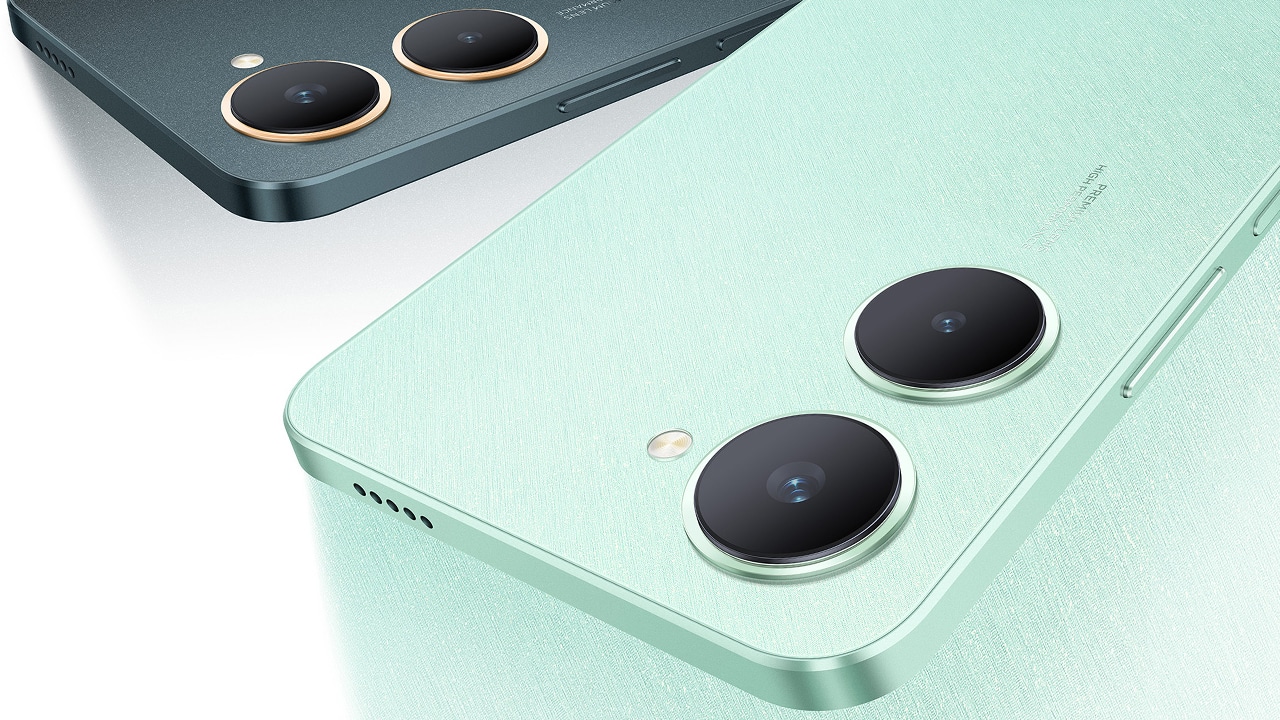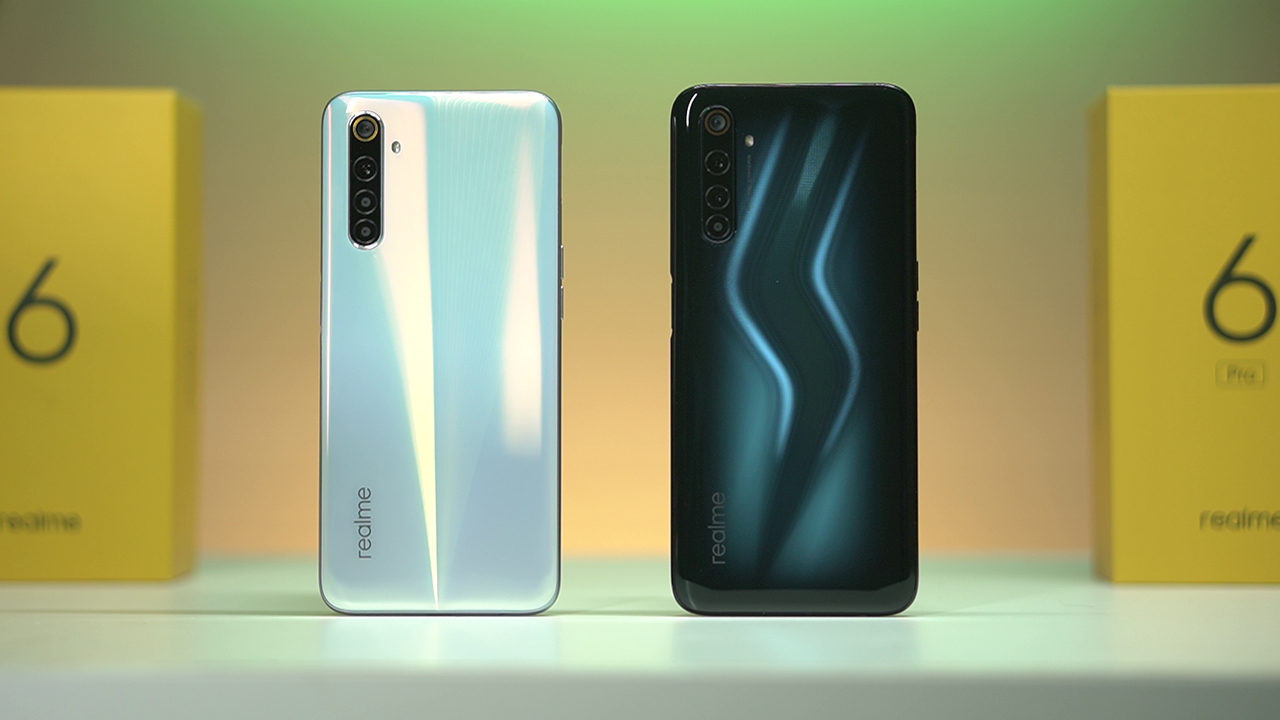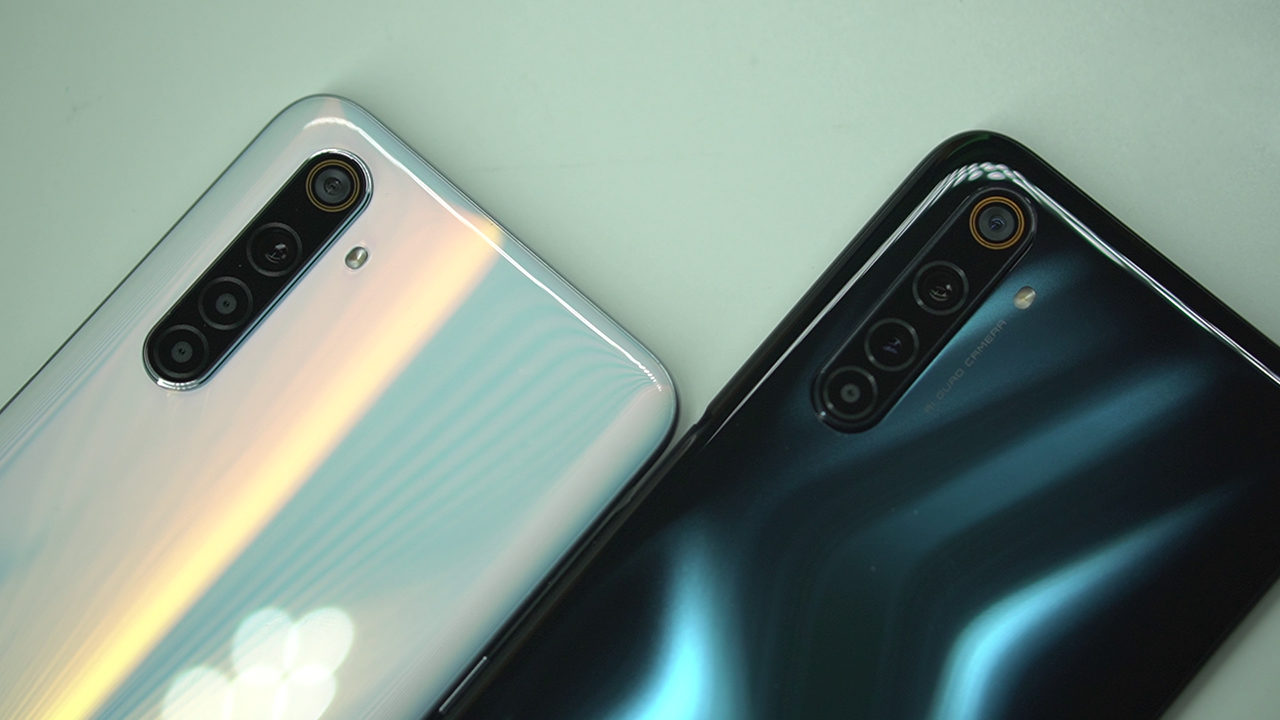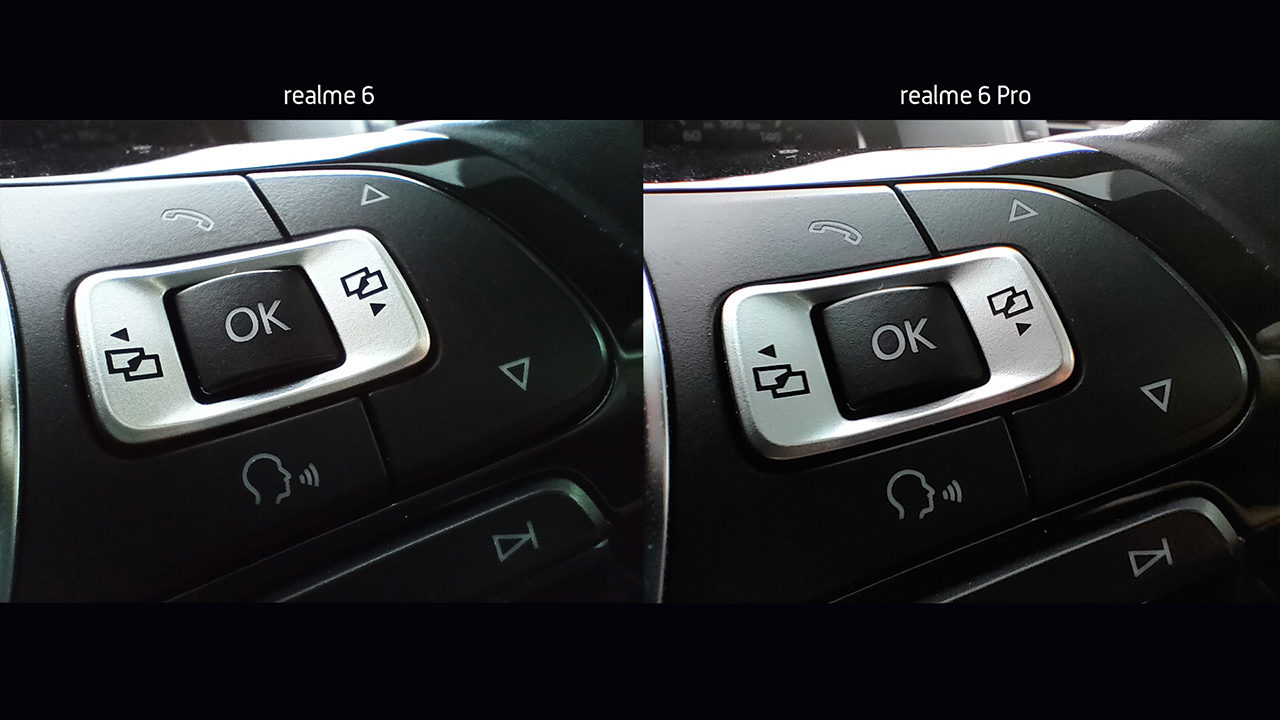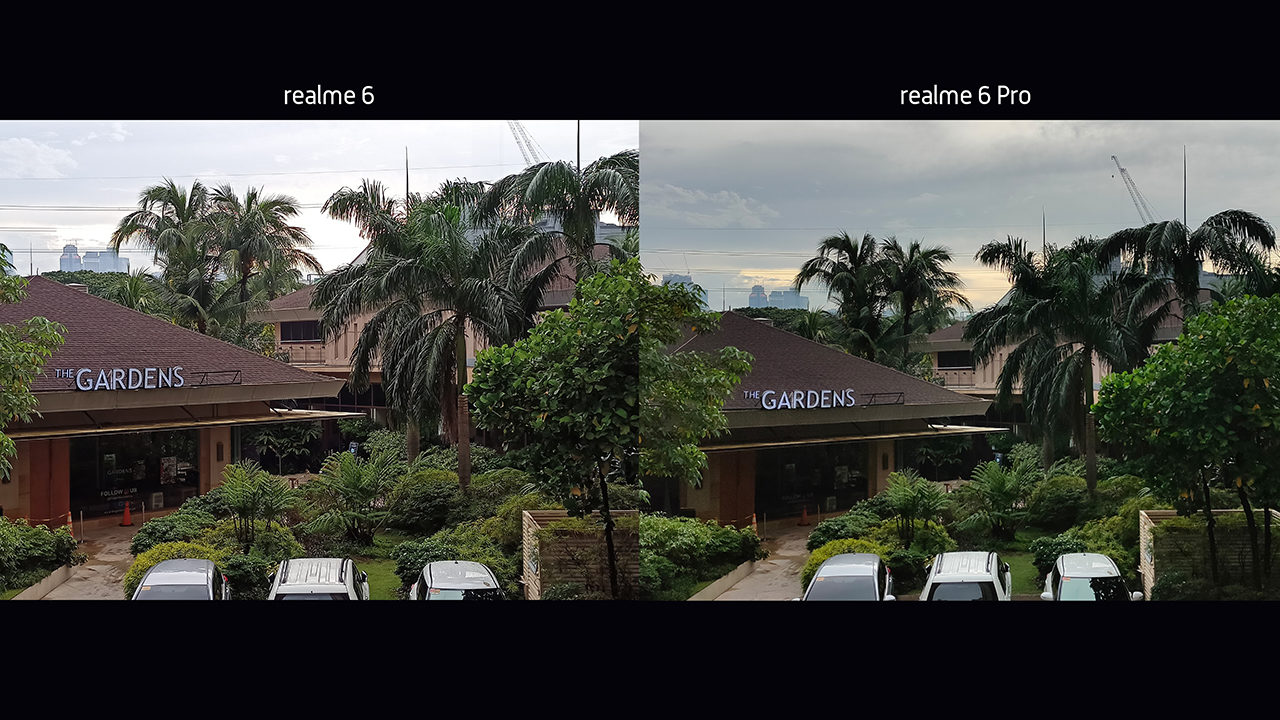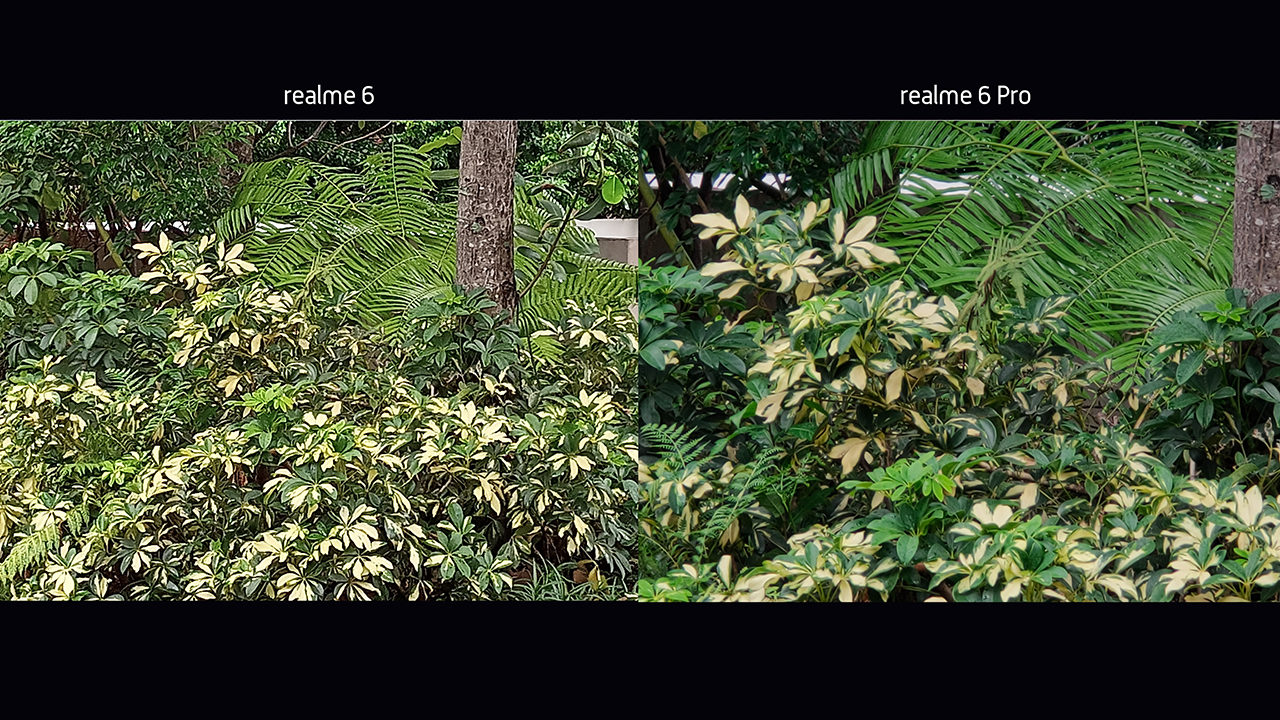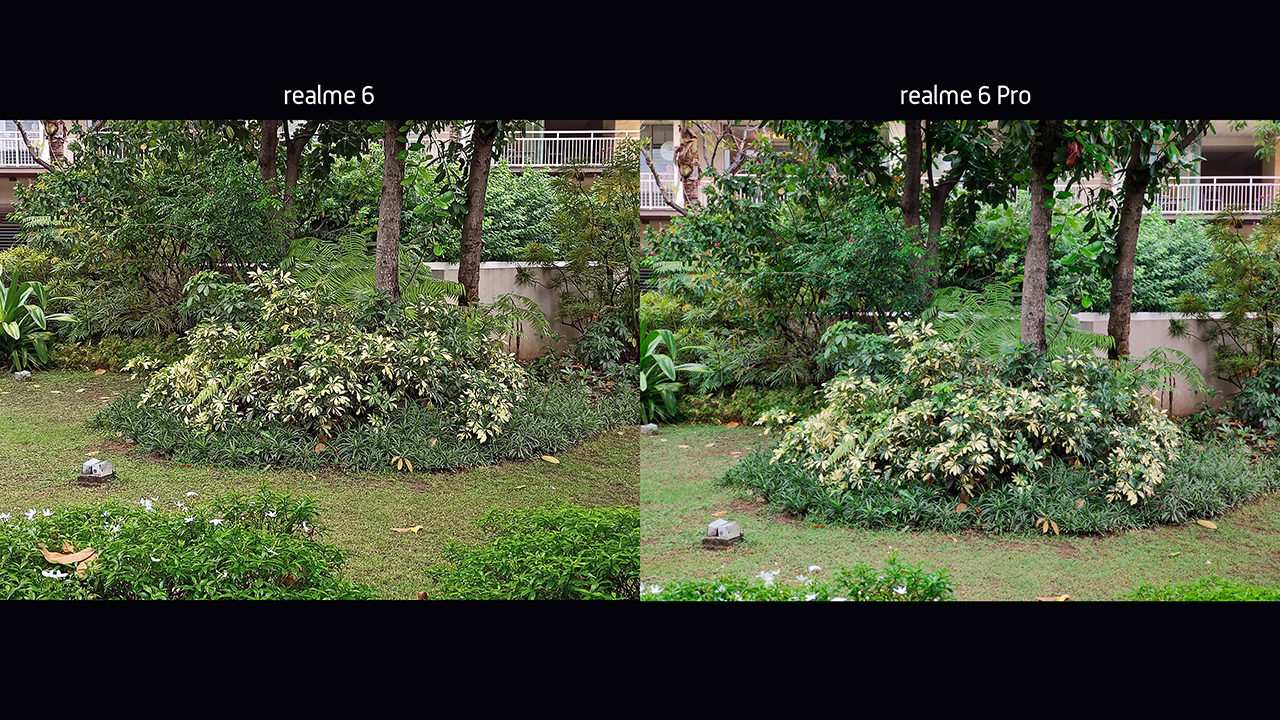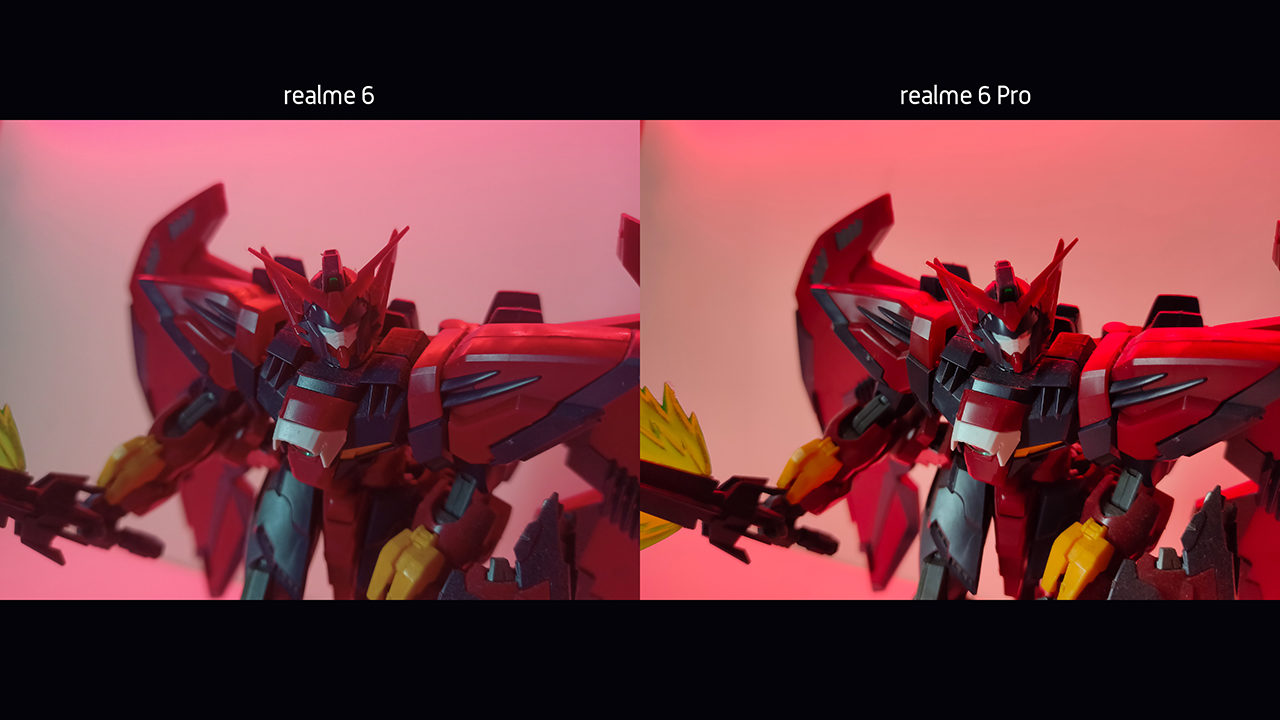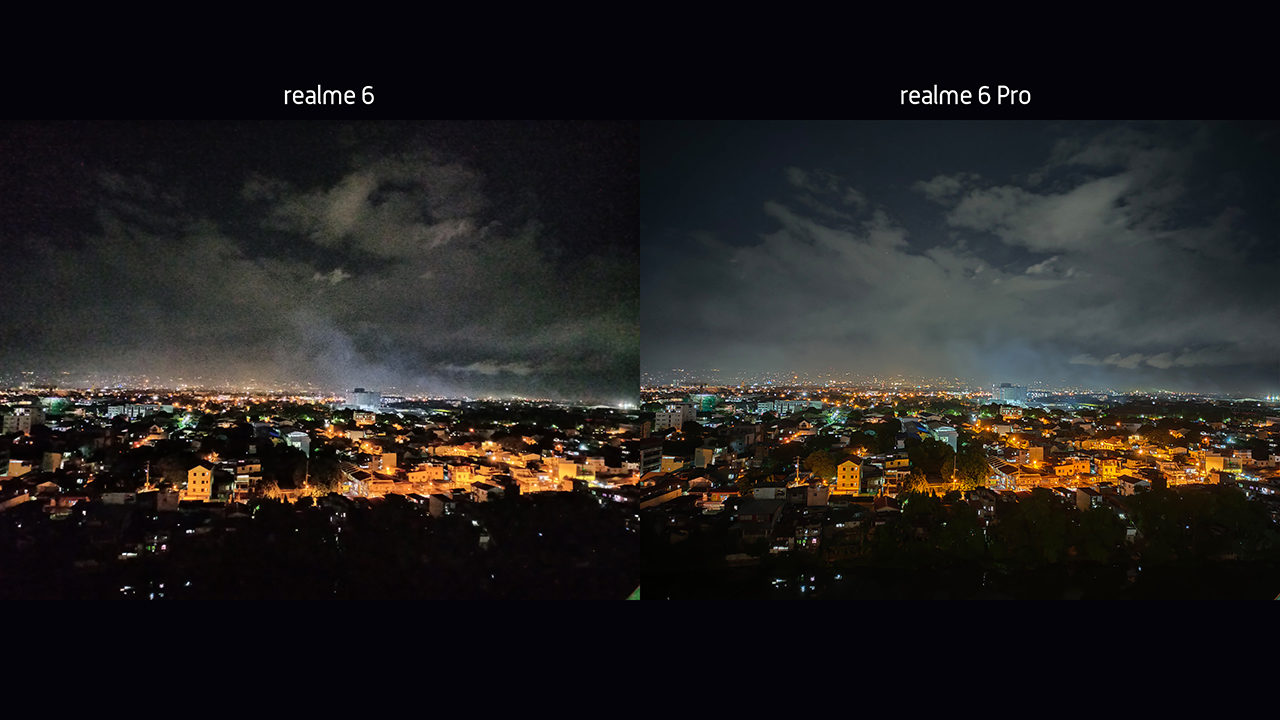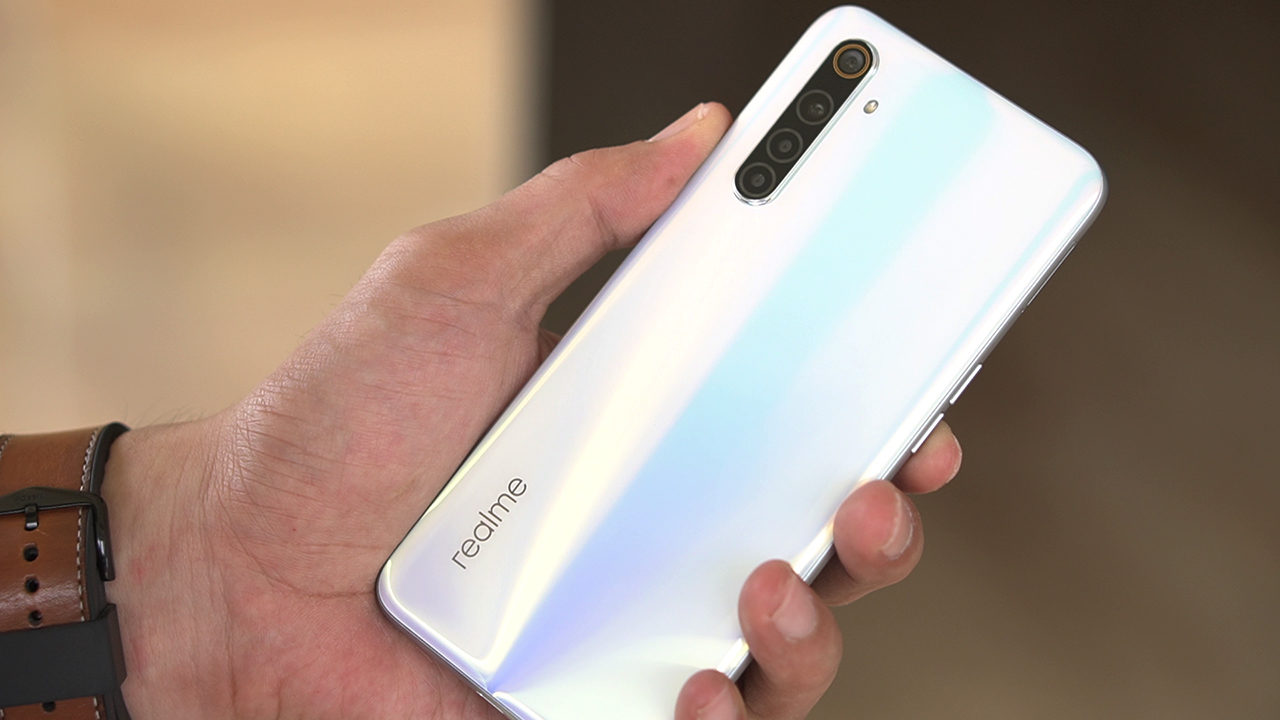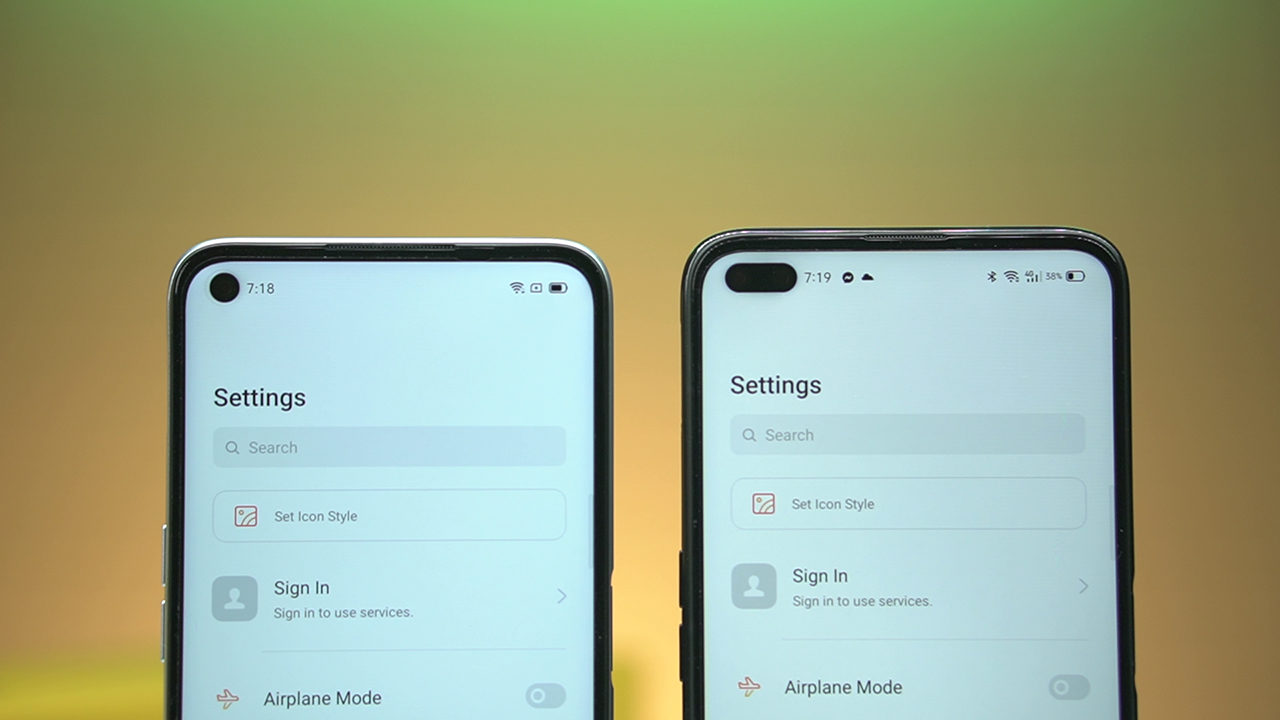ASUS today announced the latest laptops in the premium ZenBook series featuring The Laptop of Tomorrow, headlined by the 15.6-inch ASUS ZenBook Pro Duo 15 OLED (UX582) and the 14-inch ASUS ZenBook Duo 14(UX482), which are both recipients of the prestigious 2021 CES Innovation Awards. These new two-screen models introduce the tilting ASUS ScreenPad Plus, a full-width secondary touchscreen with a new auto-tilt mechanism that improves readability, aids cooling, and works seamlessly with the main display for effortless multitasking and creativity.
In addition to the new dual-screen models, ASUS also introduced the latest from the ZenBook and VivoBook series featuring the 4K OLED Screen and the latest from the AMD Ryzen 5000 U-Series Mobile Processors.
Flagship performance: ASUS ZenBook Pro Duo 15 OLED
ZenBook Pro Duo 15 OLED is powered by up to a high-performance Intel Core i9 processor, an NVIDIA GeForce RTX 3070 laptop GPU, and up to 32 GB RAM to make light work of demanding cross-screen workflows using the 14-inch 4K UHD ScreenPad Plus — which now has an improved brightness of 400 nits — and the main display.
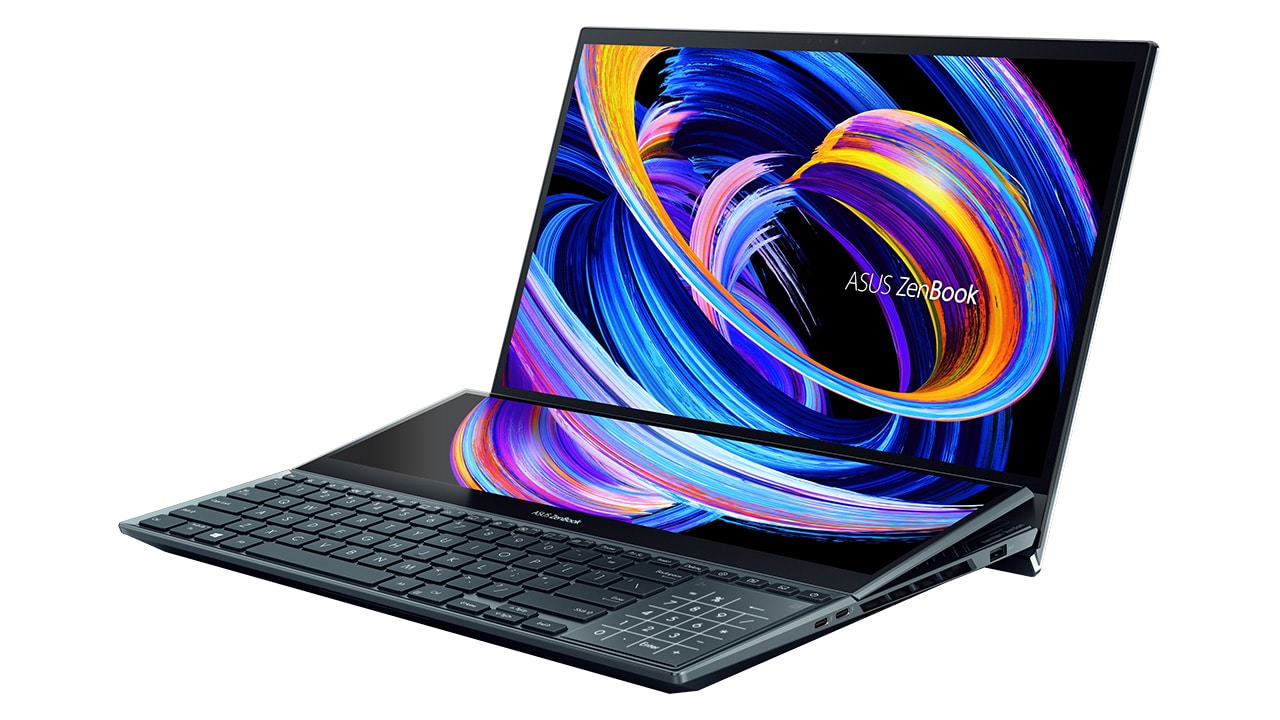
Ultrafast storage with up to a 1 TB PCIe 3.0 x4 SSD helps accelerate any creative workflow and optimize productivity. ZenBook Pro Duo 15 OLED is one of the first NVIDIA Studio laptops with NVIDIA GeForce RTX 30 Series laptop GPUs — NVIDIA’s second-generation RTX architecture that offers GPU acceleration for ray tracing, artificial intelligence, and video encoding that allows artists to create in record time.
Ultimate mobile productivity: ASUS ZenBook Duo 14
ASUS ZenBook Duo 14 is an Intel Evo-verified laptop powered by up to an 11th Generation Intel Core i7 processor, up to 4.7 GHz for incredible performance with multiple cores and paired with up to 16 GB RAM to make light work of cross-screen workflows using the 12.6-inch ScreenPad Plus and the main display. Ultrafast storage with up to a 1 TB PCIe 3.0 x4 SSD helps accelerate any workflow and optimize productivity.
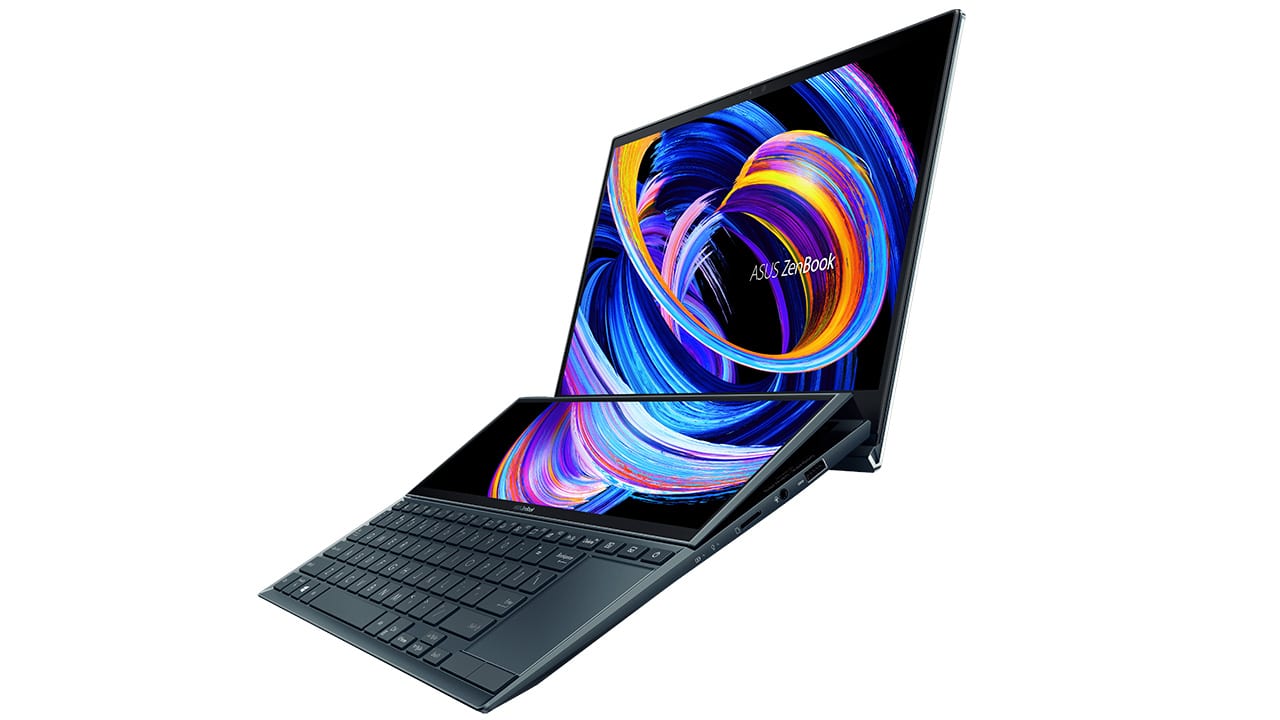
ZenBook Duo 14 also features ASUS Intelligent Performance Technology, which works with the 11th Gen Intel processors to intelligently boost performance. Using Performance mode, users can enjoy a performance boost of up to 40% compared to a similar standard laptop. ZenBook Duo 14 also incorporates the AAS Plus thermal system that optimizes cooling performance and allows a 3 mm-slimmer chassis due to the reduced need for empty internal cooling space.
With integrated Intel Iris Xe graphics and a choice of discrete NVIDIA GeForce MX450 graphics, ZenBook Duo 14 delivers silky-smooth visuals for multitasking users, supercharging photo- and video-editing tasks. Casual content creators will love the effortless on-the-go visual power that ZenBook Duo 14 provides.
Tilting ScreenPad Plus
ASUS ZenBook Pro Duo 15 OLED and ZenBook Duo 14 introduce a new tilting ScreenPad Plus design that adds a new dimension to on-the-go computing. This full-width secondary touchscreen — which has a resolution of 3840 x 1100 and a higher brightness of 400 nits — automatically tilts upwards by up to 9.5° (7° in ZenBook Duo 14), reducing glare and reflections for improved readability.
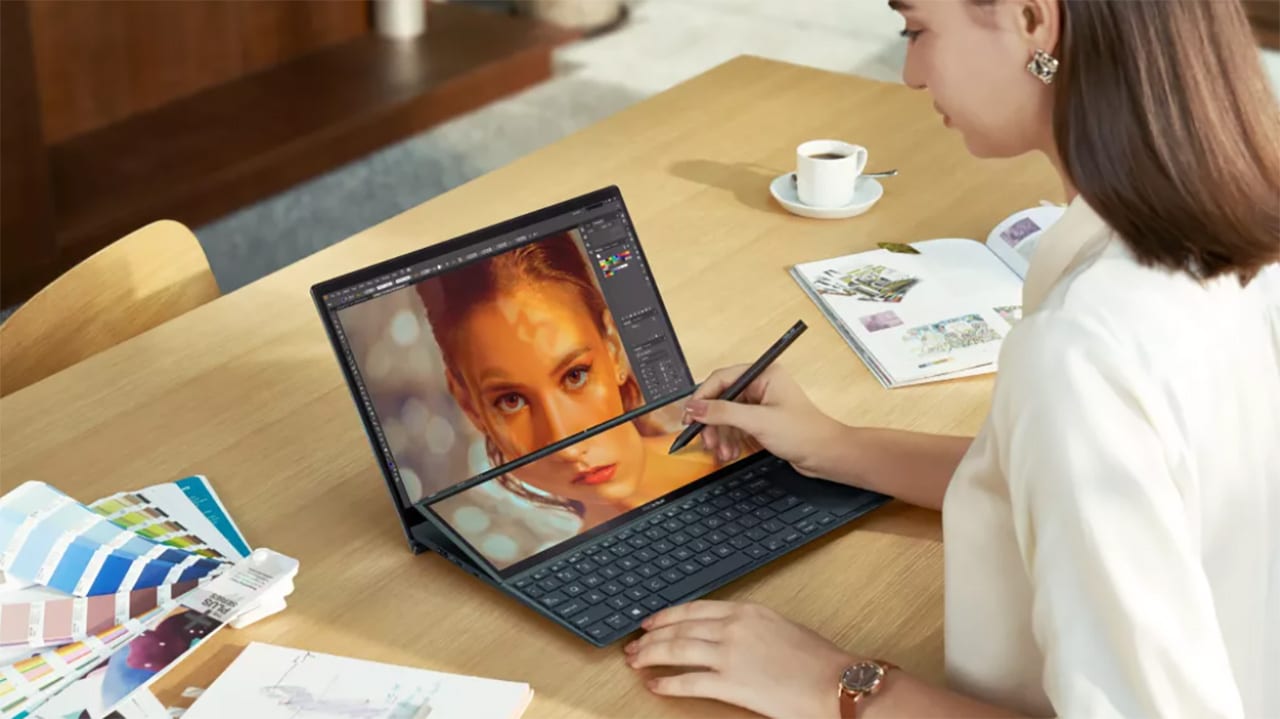
It makes working with the main four-sided frameless NanoEdge display even more seamless, with endless ways to optimize and personalize workflows. When the laptops are placed on the supplied Duo Stand, the tilted display sits at a stylus-friendly angle, and both displays support the latest 4096-pressure-level devices including the bundled ASUS Pen.
ASUS ZenBook 13 OLED/14 (UX325 OLED/UX425)
ZenBook 13 OLED has an amazing FHD OLED HDR NanoEdge display that renders true-to-life colors at any brightness level, with deep blacks for enhanced realism. It’s PANTONE Validated for superb color accuracy and has a cinema-grade 100% DCI-P3 color gamut. The ultrafast response time ensures blur-free movies and games, and its low blue-light levels are TÜV Rheinland-certified for better eye care.
The four-sided NanoEdge design features slim bezels that create an 88% screen-to-body ratio for a more immersive viewing experience. ZenBook 13 OLED is designed for effortless portability, weighing just 1.14 kg with a compact and elegant all-metal chassis that’s a mere 13.9 mm thin.
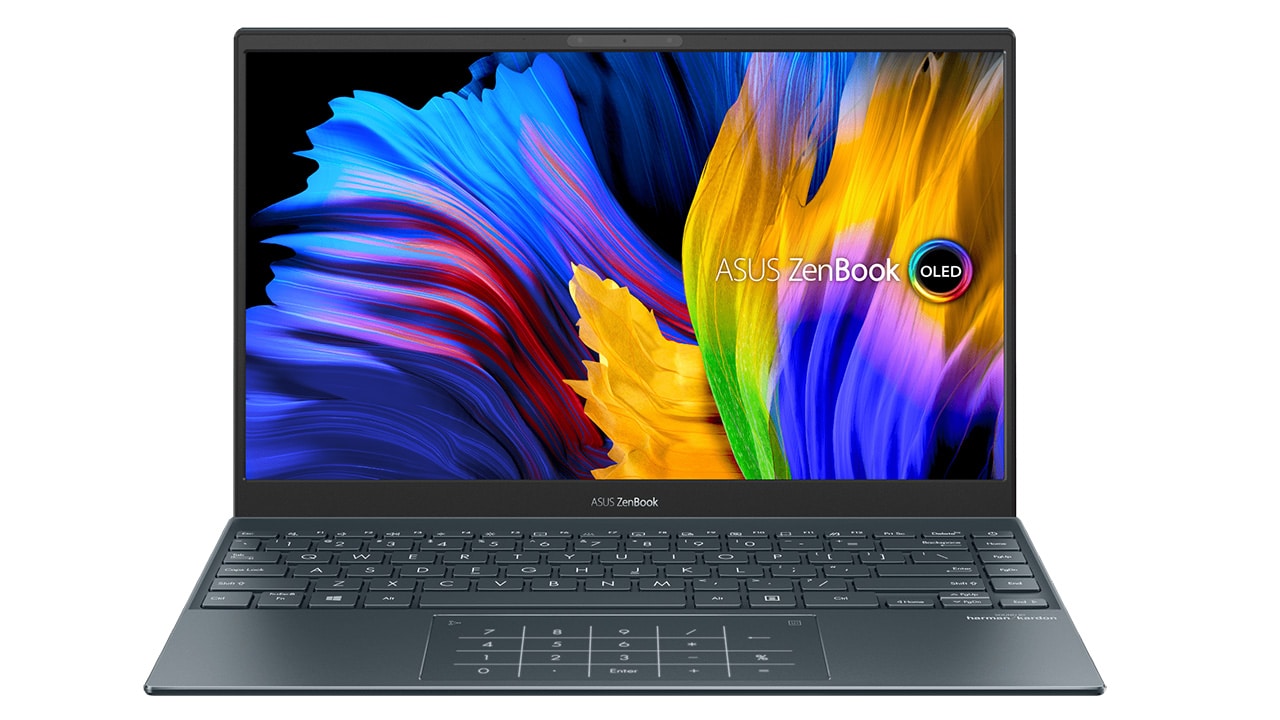
It’s also incredibly power efficient, with up to an amazing 13 hours of battery life on a single charge, making ZenBook 13 OLED a perfect match for today’s on-the-go lifestyles.
The ZenBook 14 on the other hand is one of the world’s thinnest 14-inch laptops that feature a QHD Display, with an ultra-slim 14.3 mm profile and up to 16-hour battery life that makes it the ideal traveling companion.
ZenBook 14 delivers ultrafast responsiveness even for demanding tasks, combined with an ergonomic design that includes the durable ErgoLift hinge and an edge-to-edge keyboard for typing comfort. It also offers versatile features including ASUS AI Noise-Canceling Audio technology and hands-free face login.
ASUS AMD laptops powered by the latest AMD RYZEN 5000 U-Series
ASUS Philippines is set to announce the arrival of its AMD laptops to its various segment. The premium and elegant ASUS ZenBook Series and the Mainstream yet stylish ASUS VivoBook Series. These laptops are powered by AMD Ryzen 5000 U-Series Mobile Processors for superb performance. Designed to enable effortless creativity with its up to AMD Ryzen 7 5800H Mobile Processors and up to NVIDIA GeForce MX450 graphics.
ASUS ExpertBook series: Brand-new features for elevated conferencing, connectivity, and security
ASUS ExpertBook laptops are designed to offer unrivaled mobility for business users – the lightest in their class, US military-grade durability, and all-day-long battery. They also offer ergonomic designs and robust security features, helping professionals work comfortably and securely, anytime and anywhere. The full array of innovations available in ExpertBook laptops and being revealed CES 2021 include:
ASUS ExpertBook B9: The world’s lightest 14” business laptop1, now powered by Intel vPro
ASUS ExpertBook B9 aims to lead the commercial PC industry. Now, we’re introducing brand-new ExpertBook B9 with Intel vPro platform to help business users build a reassured infrastructure and advanced ASUS two-way AI noise-canceling technology to receive more clarity on video conferencing.
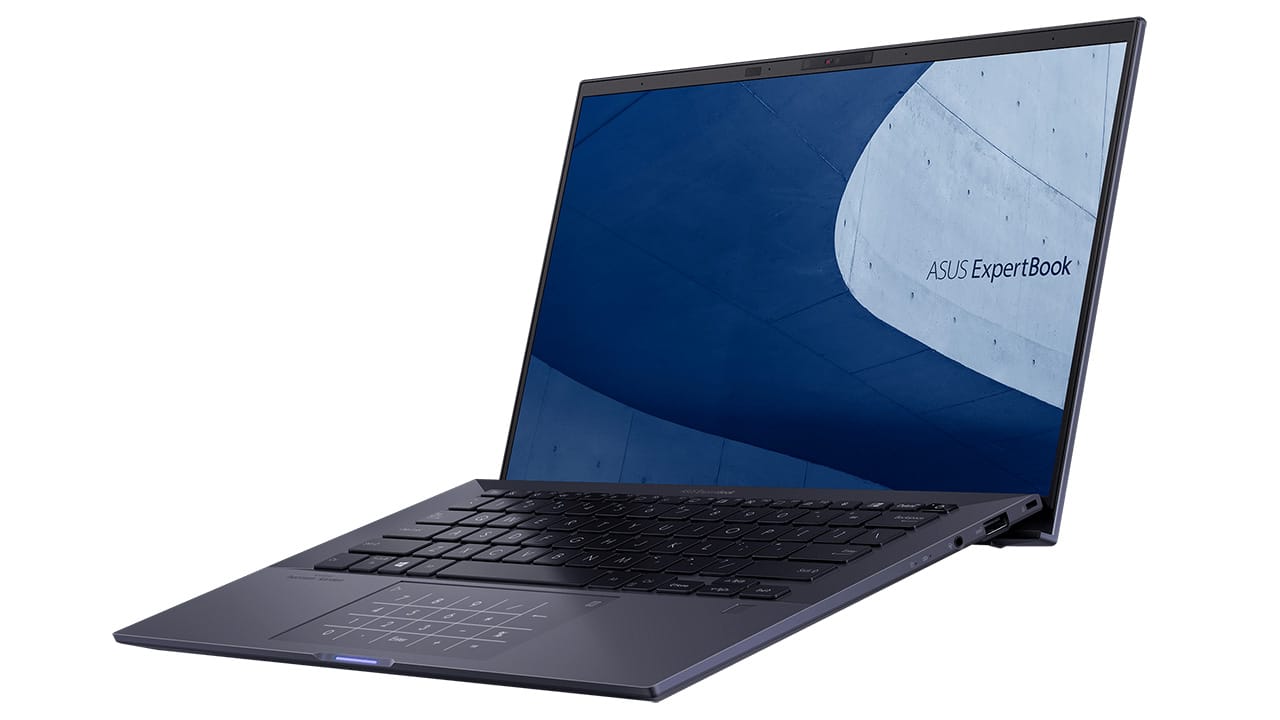
For working anywhere, remotely, the Intel vPro platform delivers business-class performance, hardware-enhanced security features with Intel Hardware Shield, as well as Intel Active Management Technology (AMT) for remote management.
ASUS ExpertBook B1: Primed to perform. Configured for business.
ASUS ExpertBook B1 is designed to offer a wide range of configuration and heavy-duty performance, making it a powerful and tailored choice for ambitious startups, established education organizations and growing firms of all sizes.
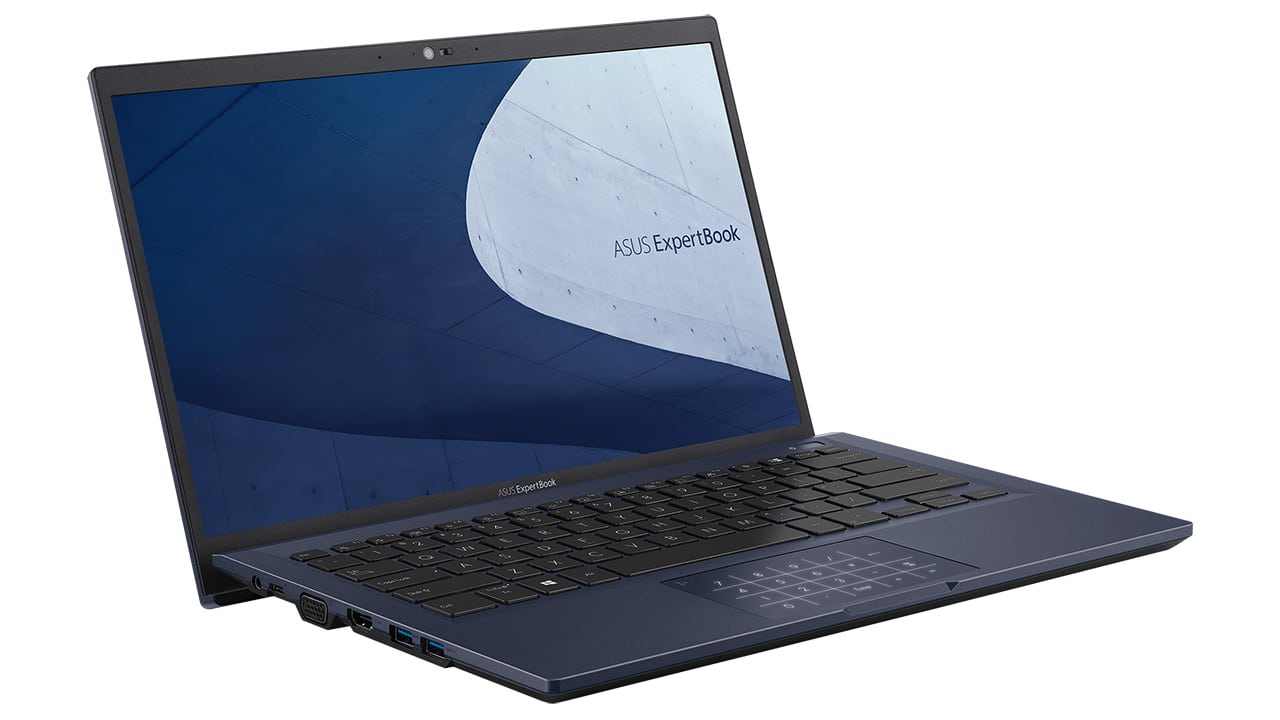
To drive productivity for businesses, ExpertBook not only employs an 11th Gen Intel Core processor with Intel Iris Xe graphics, but also implements ASUS Intelligent Performance technology, driven by ASUS-exclusive algorithms and an ultra-efficient thermal design to allow users to smartly switch between Performance Mode to boost power for heavy workloads, Balanced Mode for everyday tasks, and Whisper Mode for quiet and power-saving operation.
ASUS Chromebook CX9: Secure, tough, and powerful
To empower remote workers with cloud-first operating systems and collaborative tools, ASUS is proud to unveil our brand-new premium Chromebook – ASUS Chromebook CX9, which is ultra-durable, yet lightweight with magnesium-alloy chassis processed with high-precision CNC-milling, so it is only 16 mm thin and weighs around 1 kg to easily take it to anywhere.
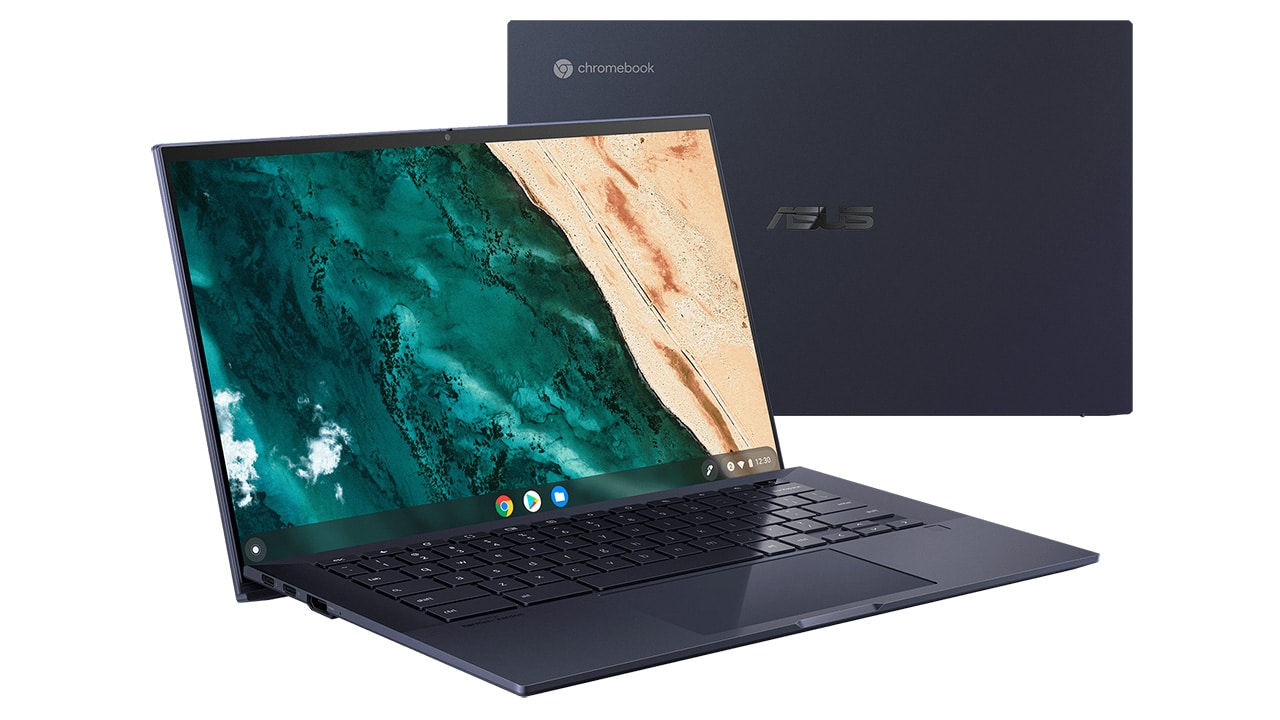
It also meets next-level and industry-leading MIL-STD 810H US military tests to ensure it’s tough enough to withstand business rigors on the road. Additionally, the four-sided frameless 14-inch NanoEdge display provides an immersive, near edge-to-edge viewing experience with an impressive 91% screen-to-body ratio.
ASUS says this all-new roster of laptops will be expected to come into the Philippine market very soon.




